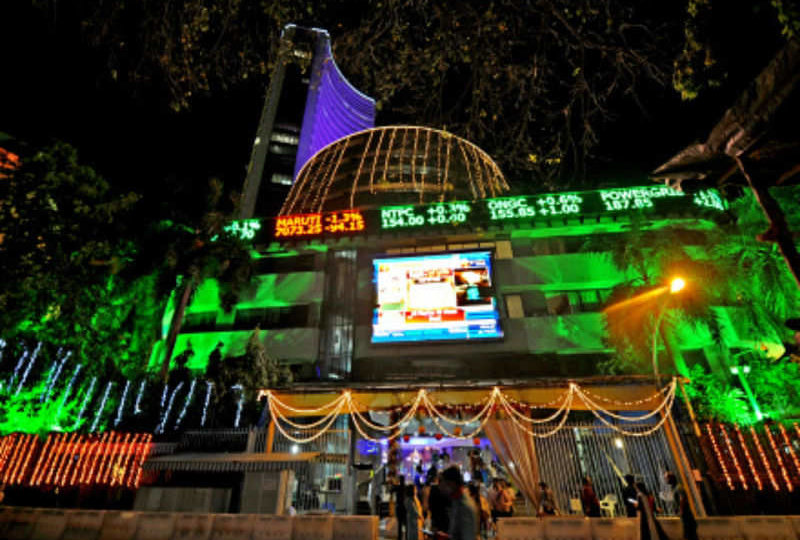Currency futures or currency derivatives are financial contracts involving two different currencies that allow investors to purchase or sell units of a currency on a future expiry date at a pre-specified rate. The value of a currency is influenced by multiple factors and can keep changing the value compared to other currencies. Needless to say, investors tend to invest in the currency with a higher value. The concept of currency futures is based on providing investors, importers, exporters and others to invest in stronger currencies and avoid currency fluctuations. Currency futures trading in India was introduced in 2008. Investors can easily start trading in currency futures in India and reduce the risk rate associated with foreign exchange.
How to trade in currency futures
The first and foremost requirement for currency future trading is to have a currency trading account. You can open a currency trading account via a broker. You will have to pay an initial margin while opening that account. The margin is a percentage of your complete transactions. Suppose, you have done transactions worth Rs. 1 crore and the margin is 3%. In this scenario, you will have to pay 3% of Rs. 1 crore, i.e., Rs. 30 lakhs as margin. Once the account has been opened, you can decide the currency futures pairs and start placing orders.
You can get hold of the lowest brokerage trading account without putting much effort with LKP. Coming to the contracts, you can select from the following.
- USD/INR
- EUR/INR
- GBP/INR
- JPY/INR
- EUR/USD
- GBP/USD
- USD/JPY
Remember that most of the currency futures on the NSE are available in the contract size of 1000. Only the contract size for Japanese Yen is Rs. 1 lakh.
How does the trading work
Suppose, you have made a purchase of Rs. 12 lakh from the USA with a holding period of 3 months when the Indian rupee is trading at 60 to a dollar. In this scenario, Rs. 12 lakh is to be paid at maturity to close the deal. However, if the value of Indian rupee depreciates to 65 to a dollar, Rs. 1 lakh will be added to the contract, making the maturity money Rs. 13 lakh. You can avoid paying any extra even if the value of the currency changes by opting for currency futures as it permits you to close the contract at the stimulated currency value.
Settlement
Settlement for currency futures trading in India is done in two methods which are listed below.
Before expiry
In most cases, traders offset their initial position to take the opposite position. When the opposite position closes the contract before reaching the expiry date, the trader’s account must be faced with the trading outcome be it profit or loss.
At expiry
On holding the contracts till maturity, the settlement is either done via cash or is physically delivered based on the specification of the contract. A small number of contracts is settled via physical delivery. The physical settlement is given 4 times in a year, on the 3rd Wednesday of March, June, September and December.
Who can trade in futures
Indian residents along with organizations, companies, banks and financial institutions located in India are eligible for trading in the futures market. However, Non-Resident Indians and Foreign Institutional Investors are yet to get permission for entering the market.
Currency future tradings can be subject to many risks. Correct steps can earn huge profits and the wrong ones can lead to loss. Hence, proper knowledge in the field will be of help. Do your research, find the lowest brokerage trading account and start trading.













